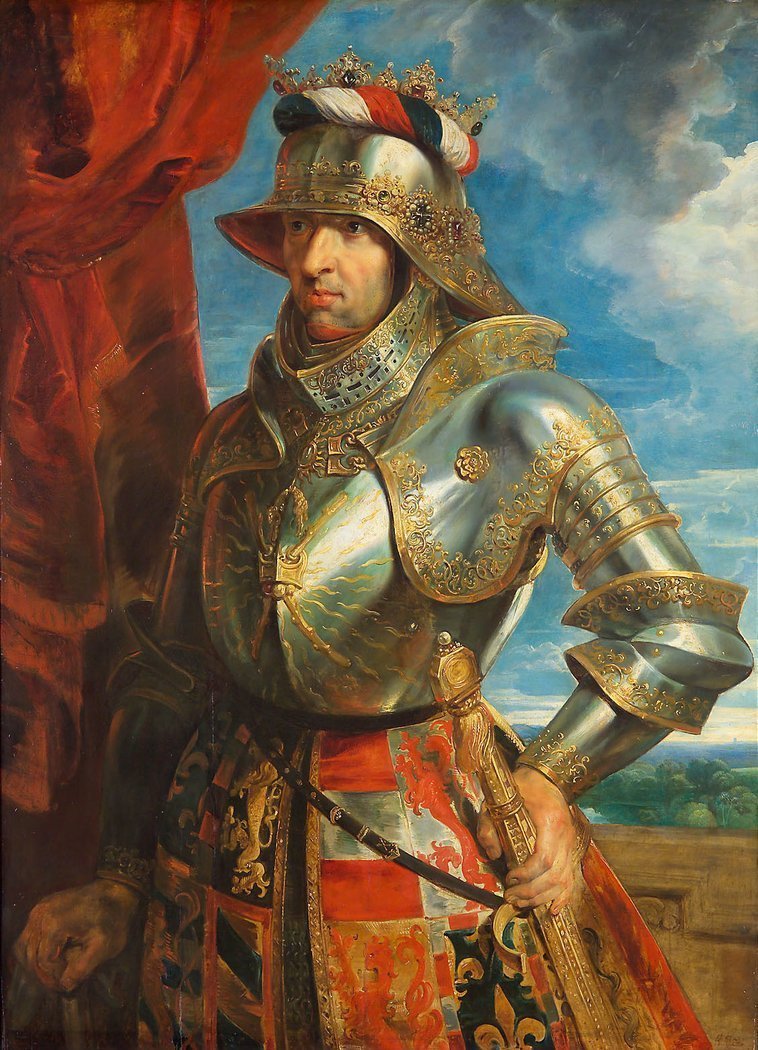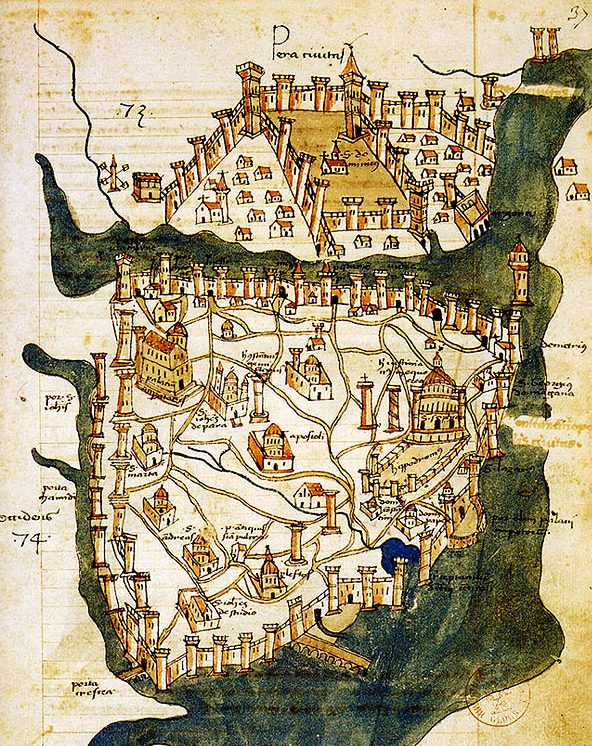Holy Roman Emperor Maximilian I was a man of great wealth, a man obsessed with chivalry, armor, weapons and everything about knighthood.
Today in museums we have plenty of relics of his noble passion.
Here are some of my favorite relics of The Last Knight of Europe 🧵
Today in museums we have plenty of relics of his noble passion.
Here are some of my favorite relics of The Last Knight of Europe 🧵

Gothic plate armor forged by Lorenz Helmschmid that is housed at the Kunsthistorisches Museum in Vienna, Austria.
Date: 1492
Date: 1492

Another set of armor for the joust of war.
ca. 1500 and later. Housed at the Kunsthistorisches Museum, Vienna, Imperial Armoury.
ca. 1500 and later. Housed at the Kunsthistorisches Museum, Vienna, Imperial Armoury.

A shaffron (armor for a horses head) made by Konrad Seusenhofer from 1514 in the Kunsthistorisches Museum. 

• • •
Missing some Tweet in this thread? You can try to
force a refresh


































